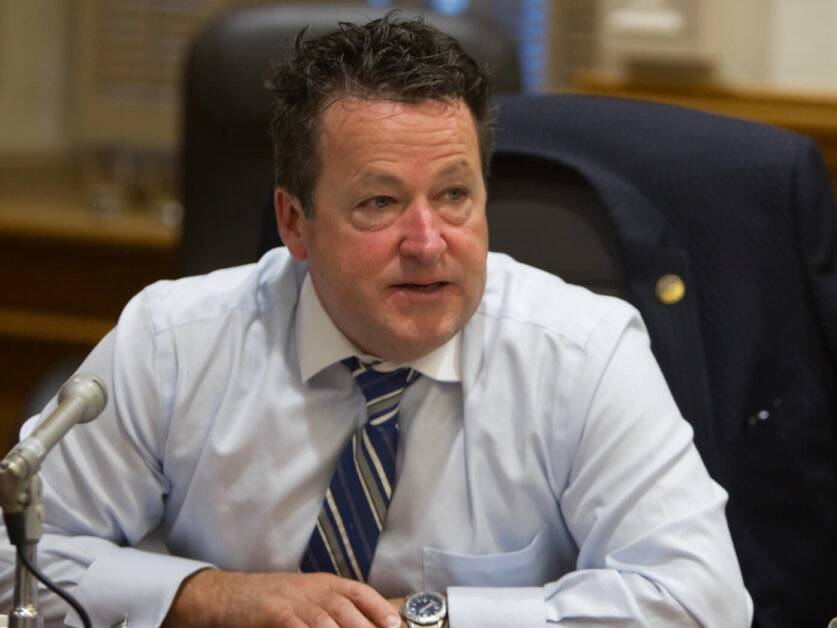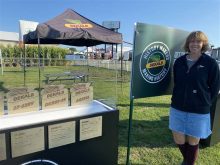REGINA — Erling Gresseth makes the trip to Canadian Western Agribition in Regina because he can count on the show delivering profitable results for his purebred cattle business in Norway.
Gresseth bought 70 Charolais embryos at this year’s show as well as an interest in semen rights from a bull owned by Bryan Hicks of Arthur, Ont. He will also be taking back 20 to 30 embryos for producers in Sweden.
“I need to be able to place a lot of trust in the people I buy from (when) overseas. My business depends on it,” said the purebred breeder from Hegra, Norway.
Read Also

New Quebec ag minister named in shuffle
Farmers in Quebec get a new representative at the provincial cabinet table as Premier Francois Legault names Donald Martel the new minister of agriculture, replacing Andre Lamontagne.
Gresseth has been buying Canadian Charolais genetics since 2007 but said he wouldn’t do it if he didn’t have a personal relationship with producers here.
“I need to be able to see the cattle in person, he said.
“I need to see the herd and get a sense of it, and know the people I am dealing with. I won’t make any profit on the genetics I buy here for four or five years. I put a lot of trust in these people and in their cattle.”
Häkon Kvaeken of Löten, Norway, was also at the Regina show, one of 700 to 800 foreign visitors from 60 countries. He said the need for polled genetics is prompting buyers from Europe to look to places such as Canada rather than to the home of the breed.
“The French cattle don’t really have the polled (genes),” he said.
“We can’t rely on it, and we don’t want to be dealing with horns. There are a lot of (European Union) rules, and farmers don’t want the (production) issues.”
Gresseth bought a purebred bull in the United States last year and found it was easier to bring the semen to Canada to fertilize eggs before shipping them to Norway.
“I rely on the help of cattle marketing people like Helga and Candace (By) from Regina to make sure what I buy gets to Norway without any issues,” he said.
“Canadian breeders are very experienced at exporting. It might be a bigger part of their business than in some other places in the world.”
Gresseth said his customers are looking for polled genetics and smaller, thriftier animals that are feed efficient.
“Our feed costs are way high, and the cattle need to be good in the trees, in rough country. We have a long days on grass in the summer. Winter can be very hard,” he said about his location, half way up the Norwegian coast.
Kvaeken said many of the non-traditionally coloured cattle won’t make the breed standard in Europe, so dark Charolais or black Limousin found in North American herds aren’t on the Scandinavians’ order books.
He also said many of the North American breeds have come to look alike.
Kvaeken said the North American cattle have been bred to what appears to be a single standard.
“We like them, but they don’t have a lot of difference between them, except the colour,” he said.
Gresseth said the shorter stature and more muscular hip in the Canadian Continental breeds meet his customers’ breeding needs. However, he has tended toward a more traditional Charolais shaped animal for his Canadian imports.
“(Hicks) kept the deep body, with the larger muscle that buyers look for. That is traditional Charolais,” he said.
Hicks said he is proud that his Charolais genetics are being used in Europe.
“It would be easier for them to get (traditional) French animals, but many European buyers want what we have to offer instead,” he said.
Kvaeken said commercial producers in Scandinavia are looking for terminal crosses that will efficiently deliver more meat per pound of feed.
Gresseth said producers in northern Europe are doing well financially, despite small farm sizes.
“Meat is very highly priced. The (governmental support) system ensures they make a living and deliver food at a profit. So very good farmers do very well. And they invest in their herds’ (genetics),” he said.
“They buy Canada’s reputation, too.”














